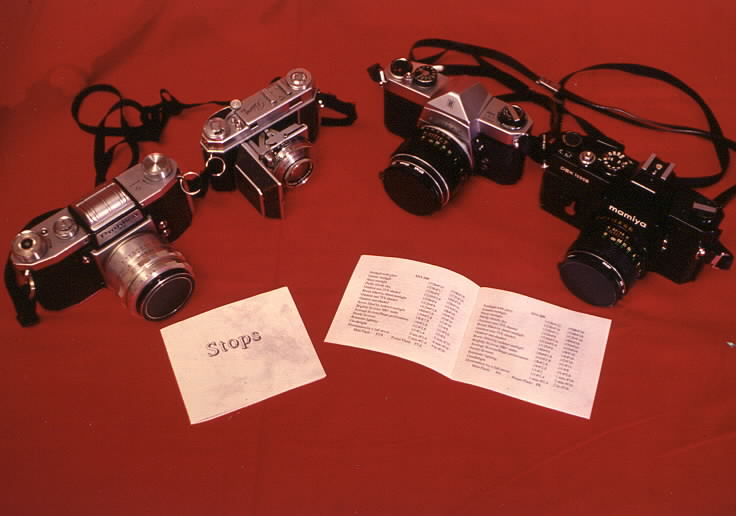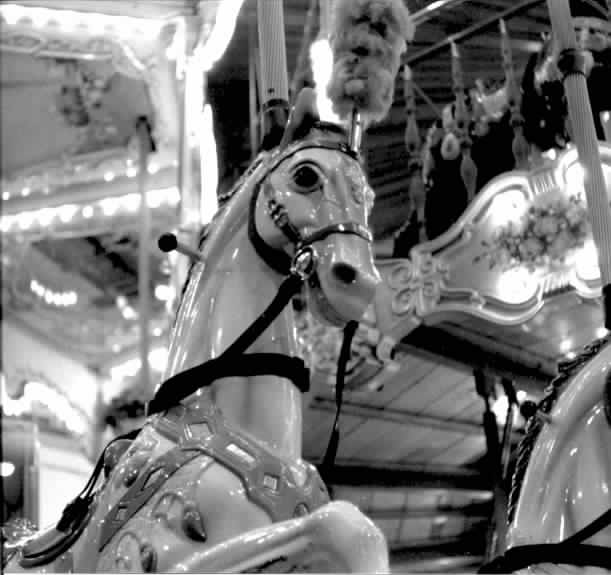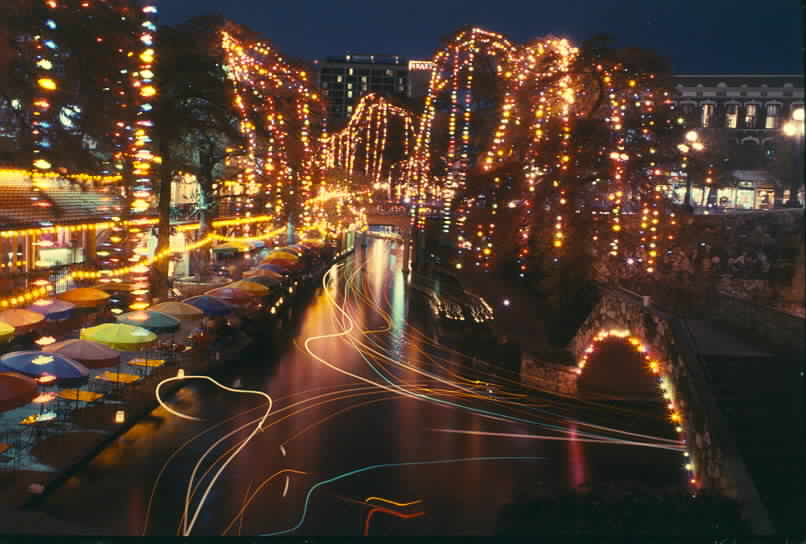
The little book with big help for existing light photography.

Before the invention of the light meter a photographer had to know by experience, how long of an exposure he needed. A photographer learned to understand the intimate relationship between light and his camera. People started out by using the little chart on the inside of the film box.
Let me teach you The Sunny 16 Rule:
On a clear sunny day, set your aperture at f:16. Your shutter speed will then be the reciprocal of your ASA, or as close as you can get. For example, the reciprocal of ASA 100 is 1/100, so, using ASA 100, you would set the shutter speed to 1/125, the closest numerically. Using ASA 400 you would set the shutter speed at a 1/500; using ASA 200, set the speed at 1/250, and so on.
Now lets extend the principle: The Hazy 11 Rule:
When there are no or few clouds and a light haze around the horizon, same as before only set the aperture to f:11.
Lets extend the principle again: The Partly Cloudy 8 Rule:
When there are a some clouds in the sky, but the subject is in direct sun, same as before only set the aperture to f:8.
How far can you extend this principle? What setting would you use to photograph a stage performance? Or a restaurant with romantic lighting? A candle lit seine? How long of an exposure do you need for a landscape illuminated by a full moon?
This little chart book contains charts for ASA 25, 50, 100, 200, 400, 800, 1600 and 3200.
This is the most complete and easiest to use chart that I have ever seen. I created it for my own use, because in thirty years of photography, I had never found one that covered the whole range of conditions the way this one does.
The key to the usefulness of a chart is the terminology that it uses. I have labored long to creat simple and concise descriptions for every condition. I have tried to make it as easy as possible to pick the right settings.
If you are experimenting with existing light photography, this little chart book will save you so much time, it will be worth much more than the price. It will extend the horizon of your art. Now in 2nd edition.
I keep a copy with every camera.








Clearly print your name and return address.
OK, so you like free stuff. Here is the Quick Chart which you can use to set your manual camera.
Quick Chart
Sunlight with glare f22
Almost everything below that, you would usually shoot with a flash.
Sunlight with glare: on the beach, in the desert, snow on the ground
Bracketing: Bracket your shots as some lighting conditions are very difficult to judge. There are many variables such as the color and reflectivity of the subject and variations of shade. The settings recommended here are not guaranteed right for any particular shot.
Bring your comments or questions to:
San Antonio Camera Collectors Club
CANDLESTICK PUBLISHING ©2009
Place your order in an envelope with a check or money order for $10.00 per copy, plus $1.00 shipping and handling.
Send it to:
CANDLESTICK PUBLISHING
P. O. Box 39241
San Antonio, TX 78218-1241
Allow up to three weeks for delivery.
Set your shutter speed to the speed that most closely corresponds to your film speed. On most cameras if you are using ASA 100, you would use 1/125, if you are using ASA 200, you would use 1/250. Then use the following f stops:
Intense sunlight f16
Hazy sunlight f11
Partly cloudy day f8
Outdoor sun 25% shaded f5.6
Room filled by direct sunlight f4
Outdoor sun shaded f2.8
Dawn or Dusk, Overcast f2
Room filled by indirect sunlight f1.4
Intense sunlight: no clouds, no haze
Hazy sunlight: no or few clouds, a light haze around the horizon
Partly cloudy day: There are some clouds in the sky, but the subject is in direct sun. Try shooting the moon at this setting.
Outdoor sun 25% shaded: If the subject you are shooting is completely in the sun, you might try the next higher setting and allow the shaded part of the picture to underexpose.
Room filled by direct sunlight: a room with a glass wall where direct sunlight reaches almost the entire room / outdoor sun 50% shaded
Outdoor sun shaded: could be even darker
Dawn or Dusk, Overcast: one of the most difficult lighting conditions to judge without a meter
Room filled by indirect sunlight: lots of windows, but not much direct light